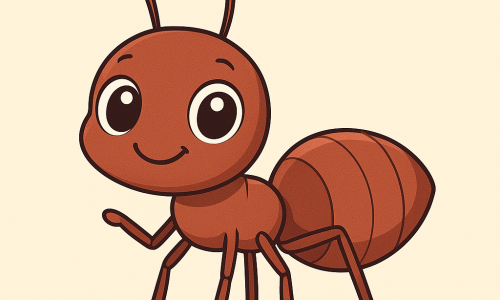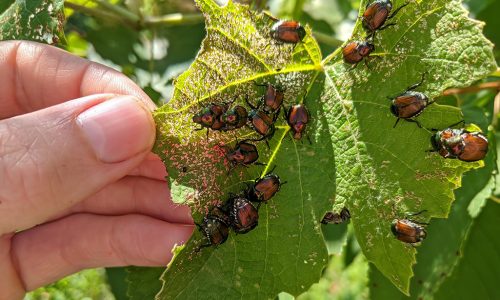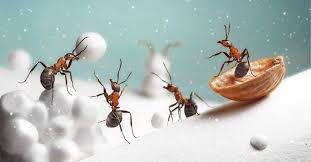Truly Green Blog and Tips
April Ants in Kansas City
April Ant Watch in Kansas City Spotting the Invaders & Choosing a Truly Green Pest Control Solution What Ants or Active in April As the weather warms in Kansas City, ants begin to stir. April is when you’re most likely
Bees In March
Bees In March During March, you might notice a sudden increase in bees around your home. This is a normal sign that spring has arrived. As the weather warms up, bees leave their hives to search for nectar and pollen.
Get Rid of Spring Garden Pest | Kansas City
How To Get Rid of Garden Pest in Kansas City Spring Garden Bugs in Kansas City: How to Protect Your Vegetable Garden Spring is a busy time for gardeners in Kansas City. Many people plant vegetables as the weather warms
Ants in The Winter Months In | Kansas City
Ants in the Winter in Kansas City Ants in the Winter: What to Expect and How to Deal With Them in Kansas City Ants are not just a summer problem. Even in winter, some ants stay active. In Kansas



